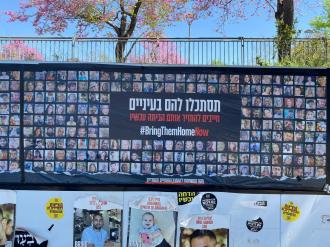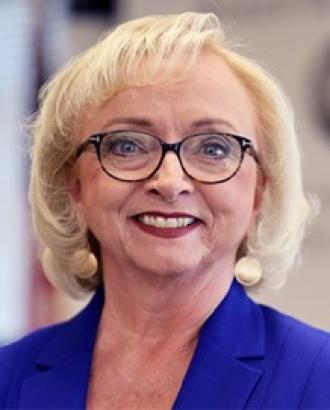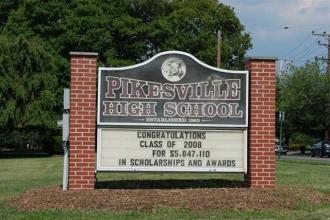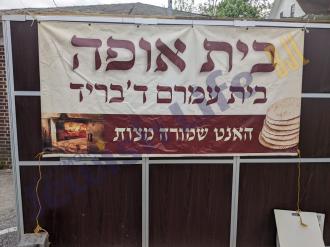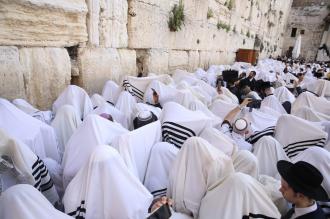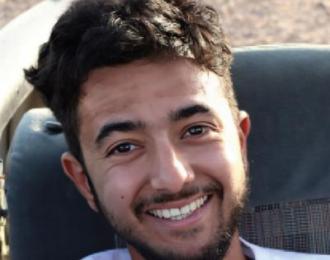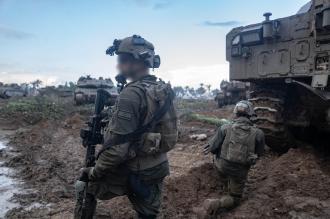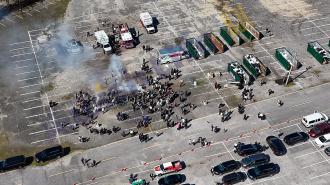AUSTIN, Texas (Reuters) - In the hunt for whoever is responsible for four bombings in Texas, investigators hope to crack the case by finding a sliver of forensic evidence or a telling video clip linking the attacker to the scene of at least one of the attacks, in which two people died and four were wounded.
Experts who have looked at previous bombings believe the same person or people was responsible for three parcel bombings in Austin this month as well as a trip-wire bomb that went off in the Texas capital on Sunday. Police have not released details but have said the bombs were similar, powerful and related.
"In a weird sense, this latest bomb helps law enforcement because there is tremendous trace evidence that exists after an explosion. Everything from lint to fiber to DNA to how the electronic parts are cut," said Fred Burton, chief security officer for Stratfor, a private intelligence and security consulting firm based in Austin.
Trace evidence has helped crack other major cases, such as minuscule amounts of an explosive found inside a radio cassette player in the 1988 Lockerbie, Scotland, bombing of Pan Am Flight 103 in which 270 people were killed.
A vehicle identification number found on a rear axle in the wreckage of the 1995 bombing of a federal building in Oklahoma City that killed 168 people helped lead investigators to assailant Timothy McVeigh.
Forensic evidence aside, video will likely provide the key to finding the Texas bomber, said Ed Davis, who served as Boston’s police chief during the city's 2013 marathon bombing.
"Video has become the most important piece of this sort of investigation,” Davis, who now runs a Boston-based security consulting company, said in a phone interview. “This guy's main vulnerability is his presence at the site. He's not sending packages through the mail or launching attacks from afar."
Investigators located the ethnic Chechen brothers who carried out the deadly Boston attack only after releasing photos of the pair to the public, four days after the bombing.
In all of the Austin neighborhoods where the bombings took place, video cameras could be seen on homes near the blast sites. Residents near Sunday's blast said FBI agents went door to door seeking videos, while Austin police have asked the public to contact them if they have recordings that might help.
Investigators often seek to keep video evidence secret until an arrest, to avoid tipping off suspects. Even so, police sometimes release clips when they need help bringing a swifter end to a dangerous situation, Davis said.
That might help explain why Austin police reached out to contact the bomber or bombers on Sunday to try to discuss what might be behind the attacks. But about eight hours after that news conference, the trip wire device went off in a relatively affluent part of the city.
That may have been the bomber's reply, said Alex del Carmen, chairman of the Department of Criminology and Criminal Justice at Tarleton State University in Texas.
"This person is sending a message of 'take me seriously. I matter, I am relevant, I am not going away'," he said.
Sunday's trip-wire bomb was likely a...read more at US News




